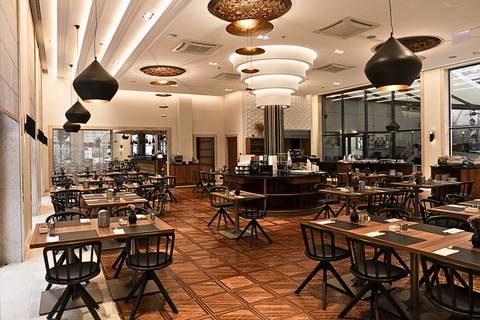Also known as the Dohány Street Synagogue, this moving historic landmark is one of the largest of its kind in the world. It was built in the late 1850s by Viennese architect Ludwig Förster, who chose a Moorish Revival style partly inspired by the Alhambra in Granada. It was consecrated in 1859, alongside the house where Theodor Herzl, the father of modern Zionism, was born a year later. Severely damaged during World War II, when it stood at the gateway to the Jewish Ghetto, the Great Synagogue remained neglected for decades until major renovation took place through the 1990s. Partly funded by prominent Jewish Americans Estée Lauder and Tony Curtis, the rebuild saw the overhaul the on-site Jewish Museum, Heroes’ Temple and Jewish Cemetery. Behind, the Holocaust Memorial Park features Imre Varga’s weeping willow statue bearing the names and tattoo numbers of victims on its leaves, and honours the brave international diplomats, Swede Raoul Wallenberg included, who risked their lives to save Jewish ones. As well as a major tourist attraction in Budapest’s recently revived Jewish Quarter, the Great Synagogue is still an active place of worship, seating 3,000, half in the women’s gallery. Guided visits can be organised at the office of Jewish Tour Hungary by the synagogue at Síp utca 12, where there’s also a small gallery and community space.





